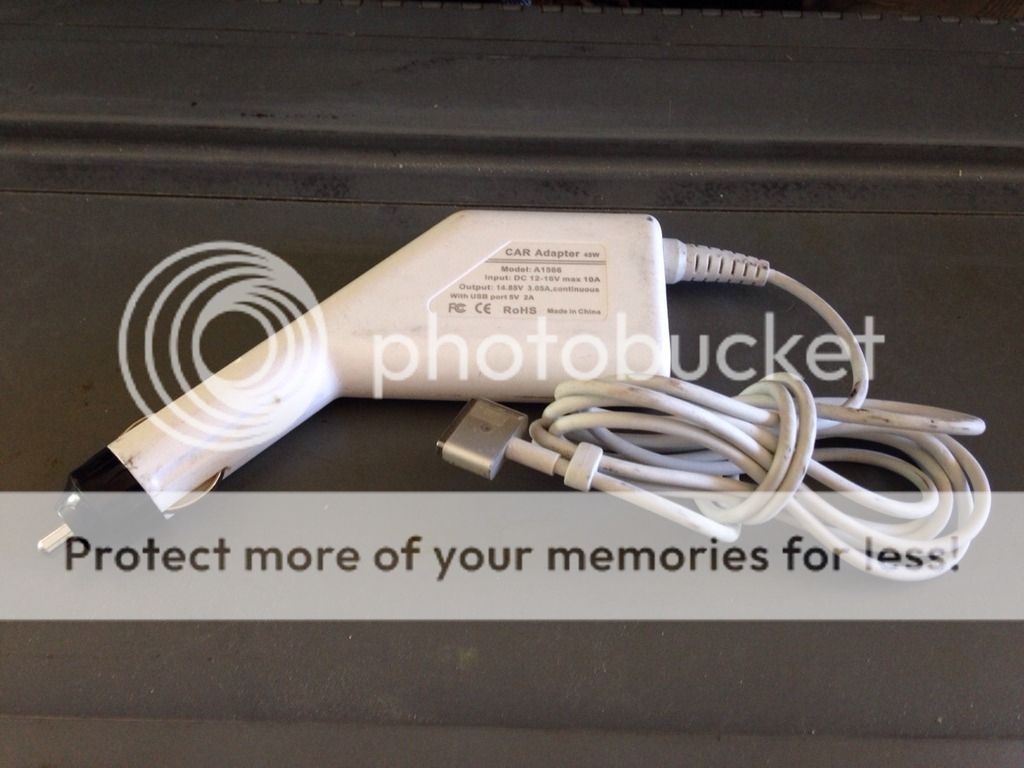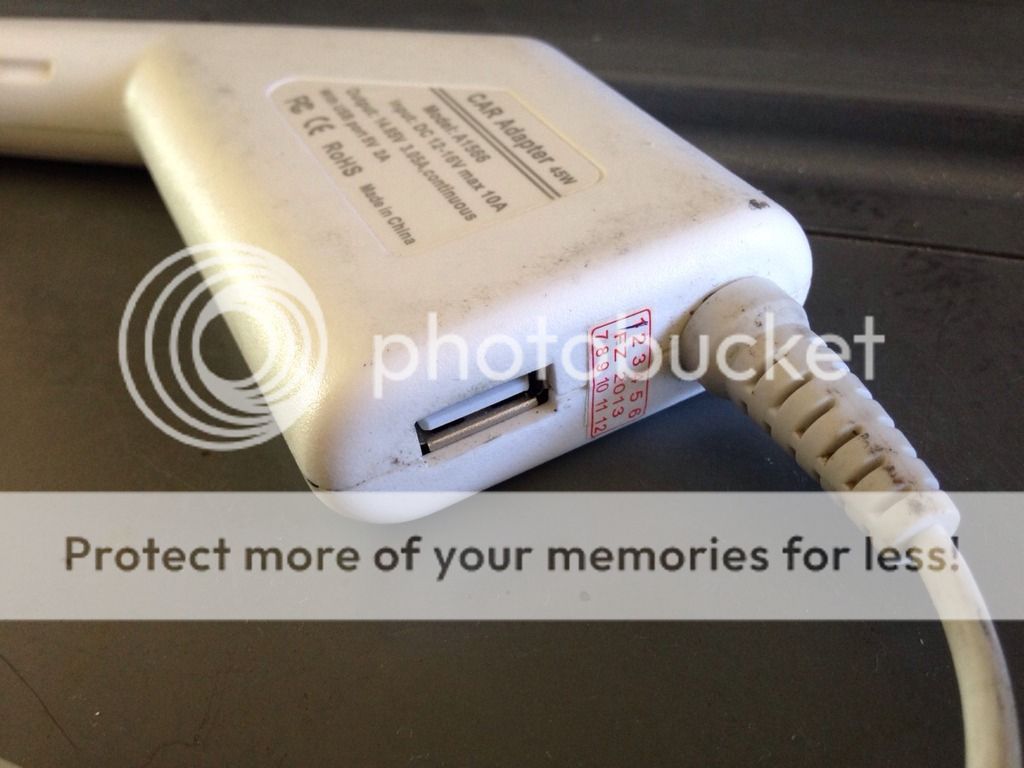The 2011 honda fit takes a 151r group size battery, and I estimate it has 30 to 40AmpHours of capacity, and it should have 15 to 20 Ah available to use and likely still be able to start the engine.
15 to 20Ah is not really all that much
Here is a video where one fits a slightly larger 51r battery in its place for more CCA and capacity. Even depleted to 50% or deeper this larger battery will have more ability to start the engine when depleted the same amount of Amp hours, and % of that overall capacity.
There are likely no Marine batteries offered in this size, though many AGMS can fall into the marine category as they make better dual purpose batteries anyway. Avoid spiral cell 6 pack AGM batteries (optima) when capacity is a consideration as they have 25% less of it.
Usually AGM's have higher CCA figures for the same size jar, and could be depleted even more than flooded batteries of same capacity and still start the engine as they have lower resistance
Since the current battery in the Honda is likely still OK with a good percentage of its usable capacity one could keep it, buy a newer engine starting battery, perhaps squeeze in a 51r AGM or flooded, or perhaps even larger battery, like in video above, and keep this existing starting battery to abuse powering house loads.
One could recharge it several ways.
One of the simpler and more effective methods would be with these products.
Wire this 12v plug directly to the engine battery:
https://www.amazon.com/gp/product/B004XIWF12/ref=s9_dcacsd_bhz_bw_c_x_2
Use 10 awg wire, and fuse it right at battery(+):
https://www.amazon.com/Fuse-Holder-...d=1469390673&sr=1-18&keywords=10+awg+atc+fuse
Use a 30 amp fuse.
Run 10 AWG into cabin, passenger floor or wherever spare/Aux battery is located. Use 10 AWG to male end of 12v ciggy receptacle on this fused 10 awg wire from engine battery. Wire 12v receptacle to Aux battery.
https://www.amazon.com/10-Gauge-Sil...qid=1469391346&sr=1-6&keywords=10+awg++2+wire
The male plug's spring loaded tip will always be hot when wired as stated above, and should not touch any grounded metal, or the fuse in the plug will blow, possibly the one at the battery too. Some sort of cap is a good idea.
When engine is running, mate plug and receptacle and Aux battery will charge. When turning off engine, unplug plug from receptacle. How fast it charges is highly variable depending on its health and the length of wire and the voltage the honda Fit's voltage regulator decides is appropriate at that moment.
This leaves a 12v receptacle hooked to Aux battery.
One 'Could' use an existing Honda 12v receptacle for charging, but these in general are very underwired, and if the fuse does not outright blow when the depleted battery is first plugged in, the charging will be much slower than a dedicated 10AWG feed right from engine battery. It should still work, but the fuse blowing is a real possibility, and fuses are not cheap and might be a PITA to replace, and the charging will likely be much slower than the dedicated 10AWG feed. One could try it before dedicating some 10AWG to a new circuit direct from engine battery but one must plug it in with a well depleted AUx battery while engine is running to see if the fuse blows.
Ciggy plugs and receptacles are not great electrical connections, quite the opposite, but they are convenient and ubiquitous. Better options exist for higher currents/ lesser voltage drop/ lesser resistance, but the blue seas product linked is higher than average quality, and should be OK for a 40Ah depleted battery.
There are all sorts of strategies the OP can employ. The above is just one option. I had not really taken the super small size of the Honda Fits engine battery into my earlier reply.
How much juice that Macbook pro consumes, and how long it is used each day, is a make or break factor in how much extra battery capacity is required to safely power it without overdischarging batteries.
Battery voltage can give indications as to battery state of charge, but it is by no means like a fuel tank gauge, unless the fuel tank float was on a rubber band which took 6 hours to settle down.
https://www.amazon.com/INNOVA-3721-...TF8&qid=1469391561&sr=1-11&keywords=voltmeter
Some wiring skills are required to set up this possible system. Not sure if the OP can do this or wants to hire it out as some wire termination/splicing tools are required for low electrical resistance, safety and reliability.
The above method for charging a battery located inside the vehicle passenger compartment can also be used for charging a portable jumper pack too, by plugging in the male 12v plug into jumper pack, but there are a few asterix's involved here too, such as if the 12v plug is switched on the jumper pack.
Amnyway the jumper pack capacity is still a limiting factor, and one can buy higher capacity battery alone, for less money if one does not require the jumper pack bells and whistles. Some of the jumper packs come with air compressors, inverters lights bells and whistles. these accessories are NOT quality, and will not stand up to regular use. Emergency just to have, all fine and dandy, but an all in one jumper pack's compressor and inverter are bottom barrell quality. One would be better off buying separate compressor and inverter if required.
Convenience costs. A little knowledgein advance can have a higher capacity, faster recharging system, for less.











